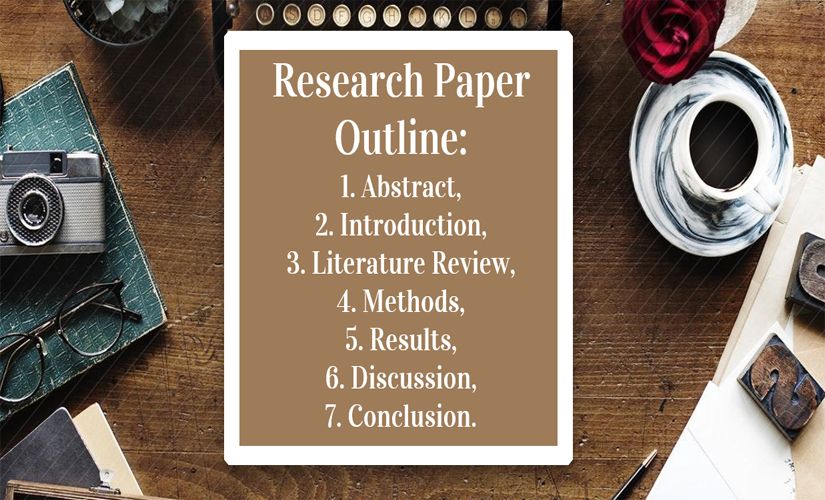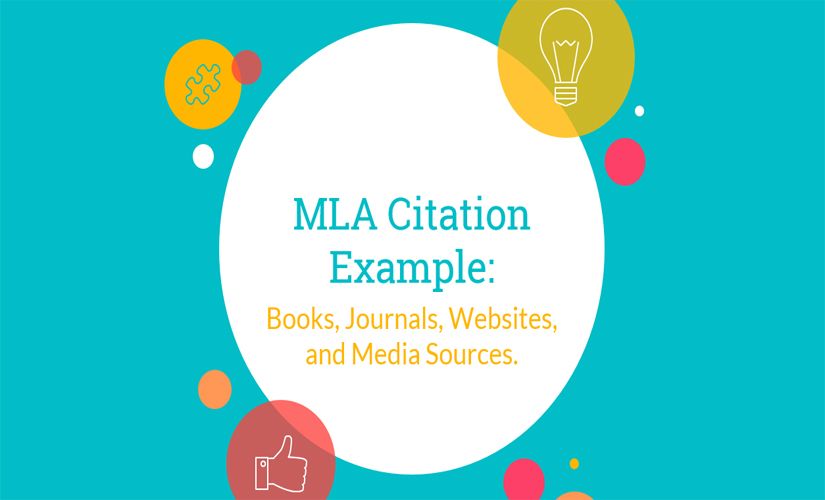People write many research papers in the whole world. It is because human science and other subjects evolve every day since some issues require new solutions. Basically, research papers must meet the basic requirements. Understanding concepts such as pathos in letter from birmingham jail helps improve arguments. For instance, people follow a research paper outline to write a high-quality study. In this case, the main sections in research papers consist of the abstract, introduction, literature review, methods, results, discussion, and conclusion.
Abstract in the Research Papers
An abstract is the first significant section of any research paper outline. Basically, this paragraph contains a succinct summary of the whole paper. It highlights the essential recent findings on the topic, mentions the primary objectives, states the materials and methods, divulges the results, and alludes to some conclusions. In this case, the abstract research paper explains the content of the research paper in much detail. Also, this section also maintains its independence from the actual research paper. In turn, keywords are typically placed at the end of the abstract. However, it is subject to the instructor or publisher’s directives.

Introduction
The introduction discusses the necessary contextual information in the research paper outline, which prepares the audience for the study. Essentially, the introduction provides a broad discussion on the problem’s background, the significance of the research, and states the objectives, research questions, and hypotheses. Basically, these aspects are accompanied by explanations of the underlying fundamental components. Also, authors must avoid unnecessary over exaggeration of the significance of the study. As a result, this section may cover 10-15% of the paper, depending on the complexity of the topic.
Research Paper Outline and Literature Review
The literature review addresses recent studies in the area of interest. For example, the content of the review in the research paper outline demonstrates the extent of research on the topic. Basically, acknowledging the theoretical framework is a critical aspect of the review. Moreover, the review allows the researcher to identify ideal research strategies and data sets. In this case, researchers can identify the challenges and flaws of specific research approaches. However, people should avoid the replication of these methodologies. Primarily, it demonstrates that the researcher has accumulated adequate knowledge to interpret the findings of the study adequately.
Methods
This section in the research paper outline informs the reader of the systematic procedure of the study, which allows for replication. For instance, the “Methods” segment discusses the research design, participants, materials, and procedures, depending on the types of papers. In this case, the researcher should provide detailed explanations of each subsection to ensure that there is a clear understanding of what the experiment involves. Additionally, the need for consulting the researcher is eliminated.
Results in the Research Papers
The outcome of the procedure described in the methodology is mentioned in this section. In particular, the “Results” part in the research paper outline is a presentation of the findings in a logical sequence. It allows the readers to develop their interpretation of the outcome. Basically, the description of the findings should allow the readers to easily relate each outcome to a particular analytical procedure and research hypothesis. Hence, this section incorporates detailed tables and graphs that simplify the data while drawing the readers’ attention to the outcomes of interest.
Discussion Section
The “Discussion” in the research paper outline is a critical segment of any scholarly paper. For example, the “Discussion” section contains a summary of conclusions, covers an explanation of the relationship of results to the outcomes of the earlier studies, distinguishes anomalous results, and highlights the implications. In this case, this segment allows the authors to provide their interpretation of the findings. Also, the authors must discuss their interpretations and ensure that the link between previous findings and the results is apparent to the audience.
Conclusion Segment in the Research Paper Outline
The final section of the research paper outline is the “Conclusion.” It entails a summary of the study’s implications, broader explanations of the research’s contribution, and identifies future directions for research. In this segment, the authors give a final word on the research topic and their findings by following the rules on how to write an outline. Moreover, they specify future areas of research, which ensure other researchers can focus on their study’s deficiencies.


